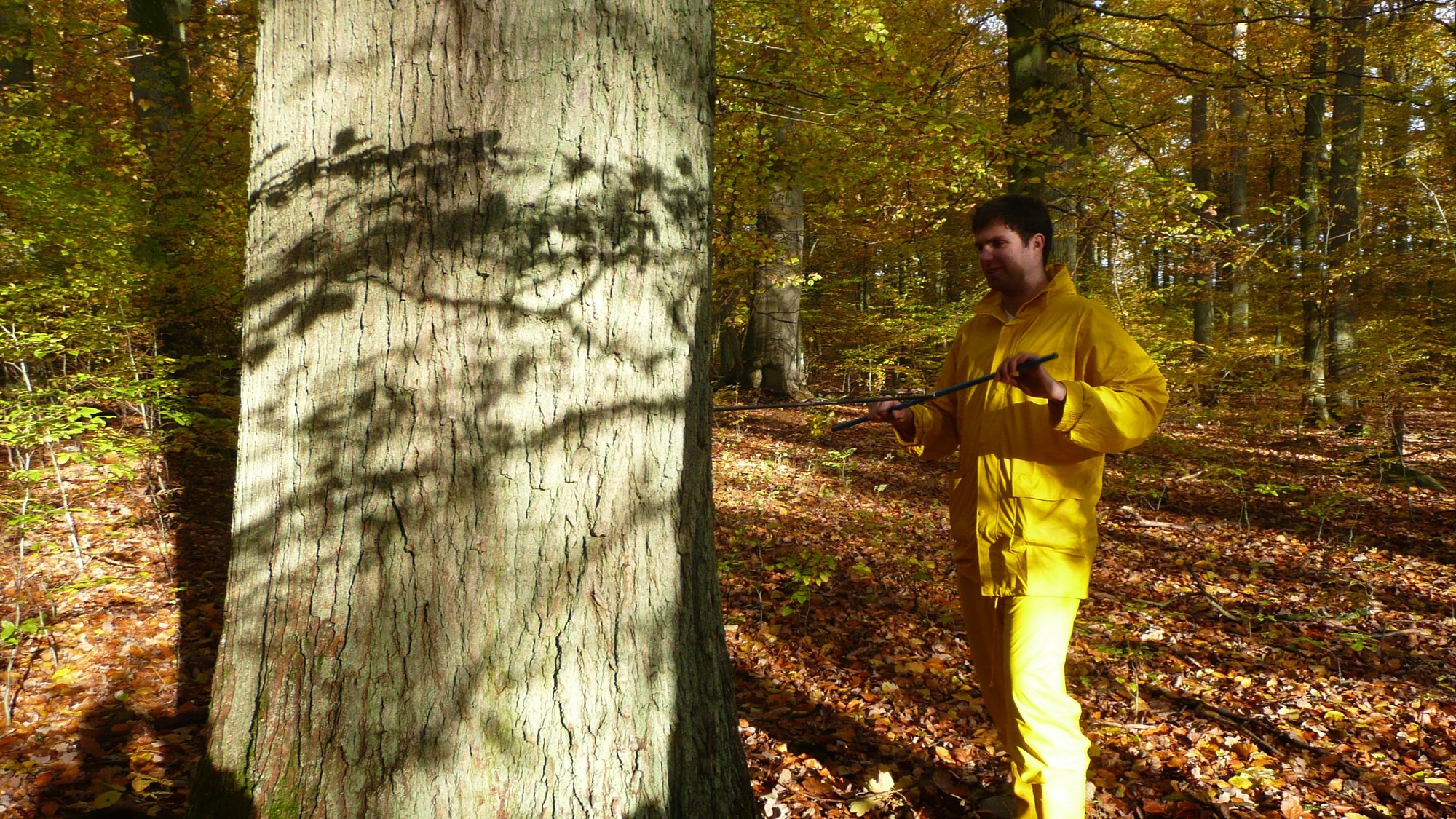Überblick
While oak trees growing in northern Germany produce ring-width sequences ideal for wood dating or tracing felling activity, the measurement series they produce are less suitable for reconstructing the past because tree-ring growth often correlates poorly with environmental data. To make better use of archaeological wood in the DAI wood collection, oxygen and carbon stable isotopes of the tree-ring series were measured and successfully linked with the agrometeorological variables sunlight, temperature, humidity, and wind. Consequently, the strong relationship shared between tree-ring geochemistry and climate data can now be used to describe the state of the atmosphere and plant water stress during the cropping season. The temporal distribution of above and below ground construction material show contrasting trends, however, whether these observations reflect spatial rather than temporal differences in the oak collection requires further investigation. Over the entire 800-year felling record, wood material recovered from water wells mainly appears between the mid third and early fifth century suggesting the need for underground water sources in the first millennium. Reconstructed climate indicates a dry climate with moderate crop stress during the early 200s and 300s, whereas a cluster of intense extreme events between 265 and 282 is likely to have had a devastating impact on agricultural productivity.

